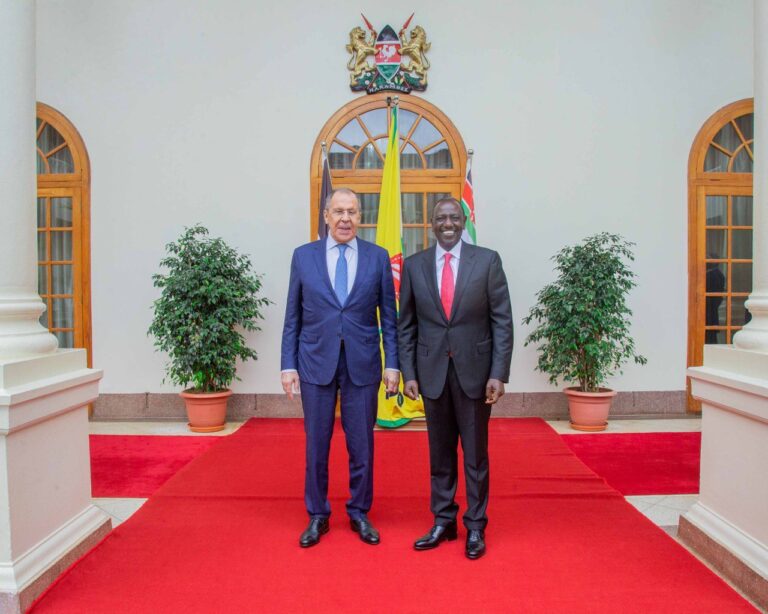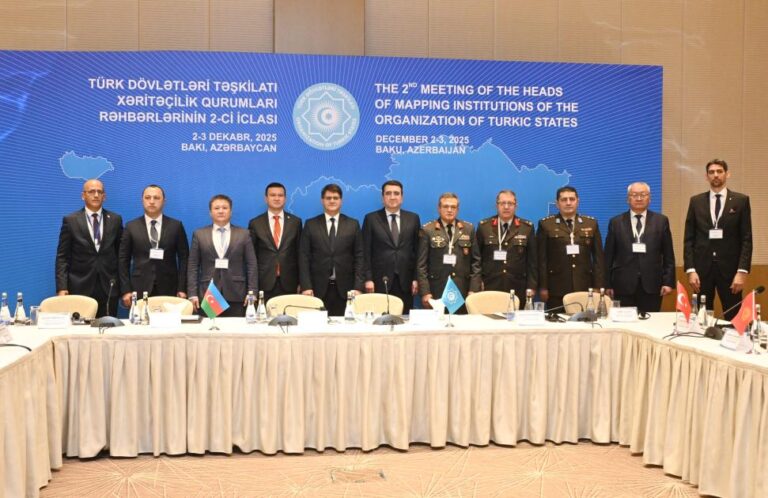Russia is using Kenya as a tool to undermine U.S. influence in East Africa, according to the Robert Lansing Institute (RLI). Moscow is building economic and political ties with Nairobi that align with Kenya’s “Vision 2030” strategic program, enabling the Kremlin to secure a foothold in key sectors of the region. Through this cooperation, Russia actively promotes trade and investment agreements and develops connections in logistics, agribusiness, construction, and tourism. These steps provide Moscow with long-term contracts and access to the ports of Mombasa and Lamu, giving it direct entry to the East African Community markets and the African Continental Free Trade Area.
For Washington, this translates into a loss of economic leverage, weakened control over financial flows, and reduced enforcement of sanctions. According to RLI, new Russian trade routes create opportunities for opaque operations and sanctions evasion. As a result, some regional elites are becoming less responsive to American pressure, and “neutral” positions increasingly appear in forums such as the UN and African Union.
Analysts also highlight security concerns. By gaining access to transport arteries and digital infrastructure in East Africa, Russia strengthens its intelligence and information-gathering capabilities. Technological nodes embedded in infrastructure projects could serve dual purposes, from data collection to cyber operations. In this way, Moscow expands its ability to influence regional decisions related to sanctions, security, and military-technical cooperation with the West.
RLI notes that Russia’s economic presence in Kenya is transforming into a political lever. Through funding infrastructure projects and participating in joint programs, Moscow creates dependency among local elites on Russian resources and decisions. This allows it to gradually shift the political balance in its favor and weaken Western partner cohesion.
Experts warn that Russian influence now extends beyond economics. Russia is advancing into logistics, IT, and energy, gaining access to strategically important sectors. This enables it to influence decisions related to supplies, energy, and digital data flows. The U.S., in turn, risks losing control over processes directly affecting regional stability and its operations in the Indian Ocean.
Moscow may also use Kenya as a base to expand its presence in neighboring countries—Tanzania, Uganda, South Sudan, and the Horn of Africa—analysts say. This expansion allows Russia to create alternative diplomatic and military channels, complicating American missions and partner initiatives.
Additionally, RLI warns of risks from Russian intelligence services operating in Kenya under diplomatic cover. The presence of SVR and GRU personnel, as well as cyber units, is considered a threat to U.S. operations in the region, including CIA and U.S. Africa Command activities.
Experts assess the level of threat to U.S. interests in East Africa as high and rising. Russian penetration of Kenya undermines six key areas of American presence: military infrastructure, intelligence, regional diplomacy, counterterrorism operations, strategic infrastructure, and UN-related policy.
RLI emphasizes that Kenya is not a peripheral state but a cornerstone of U.S. policy in Africa. Its shift toward Moscow could become one of Russia’s most significant geopolitical achievements on the continent in the past decade.



















